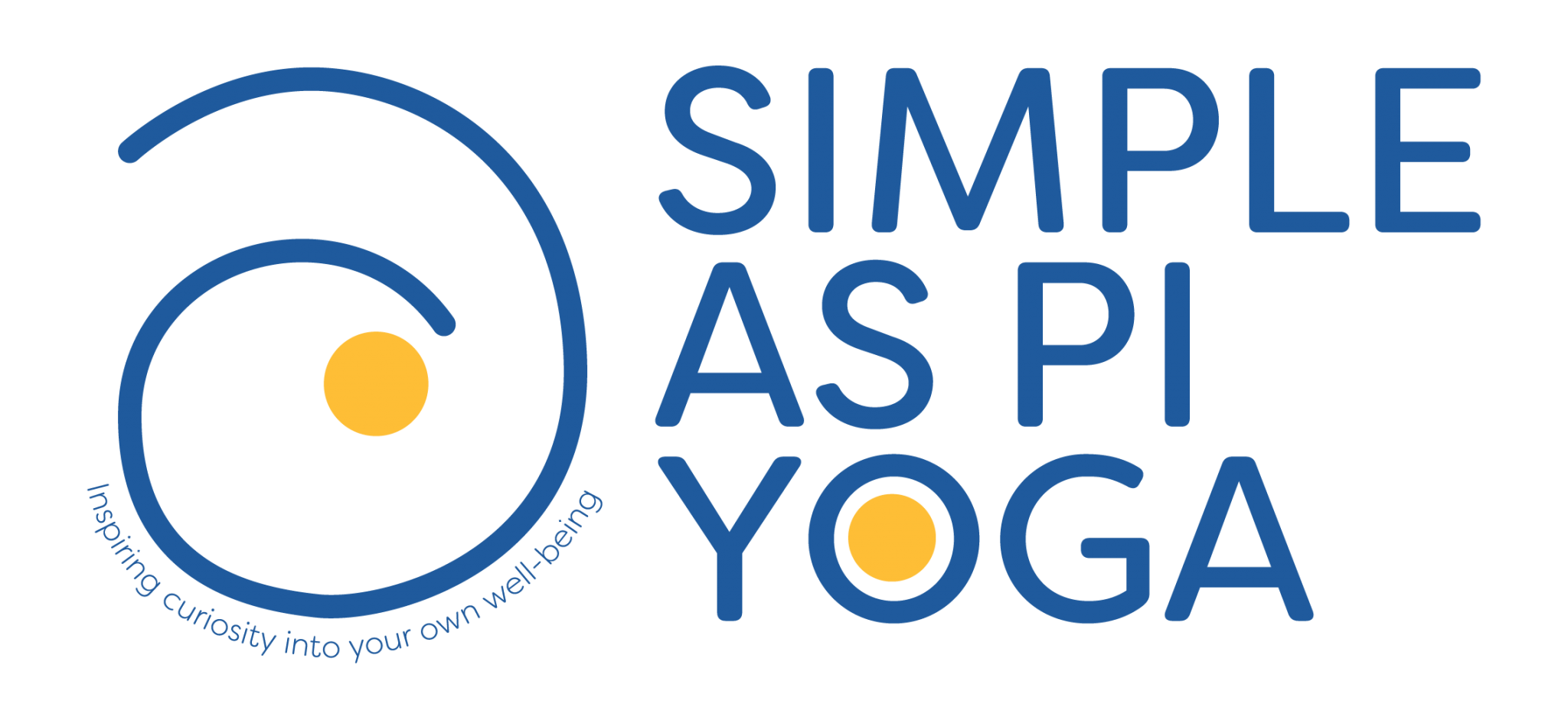Transcribed From Interview
While at University, I failed most of my classes. But one day I stumbled across a unit called ‘The Search for Meaning’... I began to receive extremely high marks and decided to change my degree to religious studies. Clearly I was very interested in what was meaningful for people and how they understood their world.
Jean Byrne
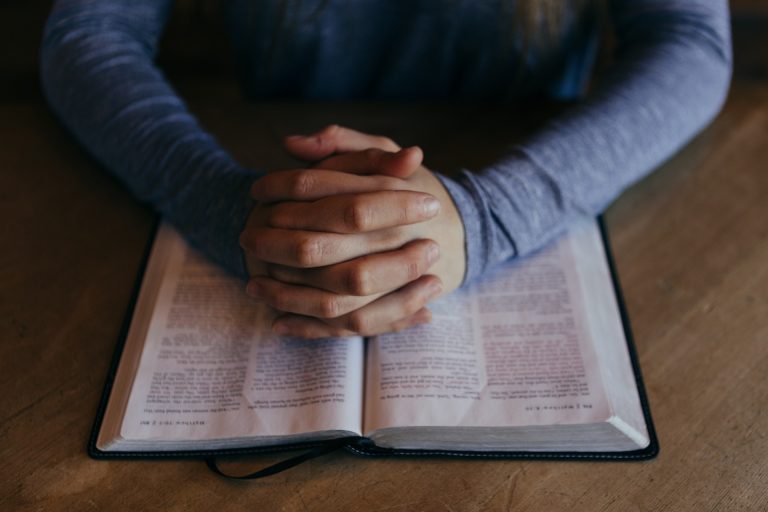
Having practiced yoga in Perth since 2001, I have come to know various schools around the city and teachers that are knitted within each community.
Jean was a teacher I had never had the opportunity to meet but one that I had watched from afar. Her online presence always revealed a very interesting, scholarly teacher which inspired my curiosity.
Currently scientific research is looking more closely at the bio-social model, especially around chronic disorders and pain management and movement modalities, like yoga, are revealing to have positive effects on patients. Jean is an avid student and has a thirst for knowledge that leaves me speechless, now you may know that is a rare moment for me.
Jean’s years of tuition have covered not only therapeutic yoga but also various religious studies, philosophy and feminist theory to name a few.
Jean is the studio owner of the Yoga Space, a longstanding studio which, unlike so many of the other studios around town, also opens its doors to those much less fortunate.
This caught my attention.
Attending a yoga class, seeking out experienced teachers, is a wonderful, supportive wellbeing practice but, sadly, one that not all can afford or possibly are physically unable due to chronic disorders. As a sufferer of an inflammatory, bowel disease I have a small window of insight into the lives of some people where, for them, even going out of one’s door presents large amounts of anxiety.
I was excited to ask Jean about her journey into yoga, especially as a woman who had studied under many teachers nationally and internationally. I also wondered how her university studies inform her yoga teaching.
No matter how far along you are in your yoga practice, Jean offers wonderful insights into a yoga practice that has “leapt from the rubber mat” and rippled out to create a supportive community.
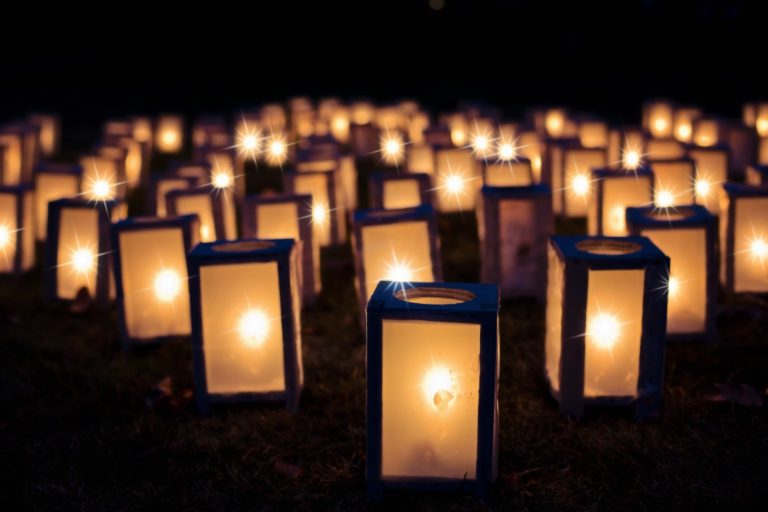
What led you into yoga in the beginning?
I had a voracious thirst for knowledge and for something outside of what I was experiencing in a very boring, suburban existence as a teenager. I began to use a lot of LSD, expanding my consciousness in that way, which is not something I recommend! However, the research which is coming out of America right now, into LSD, is quite interesting.
By the time I was 17, I was spending a lot of time with the Hari Krishnas who seemed to be dedicated to truth and to practice. I had moved out of home at a very young age so the affordable food was also something I needed.
At the age of 18, I remember getting a few books and, from my tiny little one bedroom flat in Mount Lawley, I decided I was going to start meditating on my own. This opened up my perspective to the existential dilemma, why are we here? What is this all about?
While at University, I failed most of my classes. But one day I stumbled across a unit called ‘The Search for Meaning’. This unit covered all the world’s religions and also new religious movements. It wasn’t long before I began to receive extremely high marks and decided to change my degree to religious studies. Clearly I was very interested in what was meaningful for people and how they understood their world.
This then led to me to practicing yoga.
I began by practicing Iyengar Yoga in a very longstanding school, which no longer exists, with some very experienced teachers in Perth. Subsequently, I was inspired to travel to India at the age of 20 and intensively studied the yoga and meditation in Buddhist monasteries.
My yoga practice continued to evolve alongside university studies. I have spent my life being orientated around these practices.
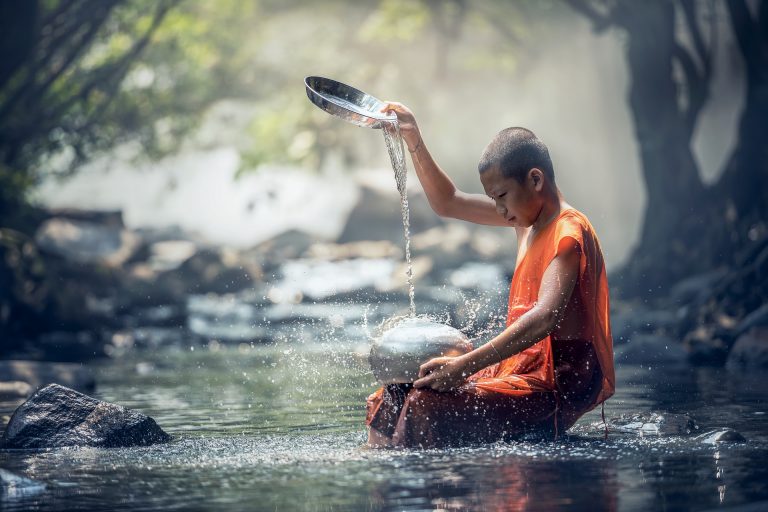
I find it really lovely to hear that you entered yoga with meditation.
That was my primary practice. In Buddhist tradition, depending on where you practice, it can be quite secular and not religious. I was a young woman who was trying to “figure things out”, and quite agnostic at the time. I also didn’t have much money and to attend a yoga class was quite expensive. But the meditation classes were by donation and affordable.
This has been a theme that has stayed with me throughout my teaching career and at my studio, Yoga Space. At the studio, we have a huge focus on not-for-profit work and free classes so that everybody can practice, or practice by donation.
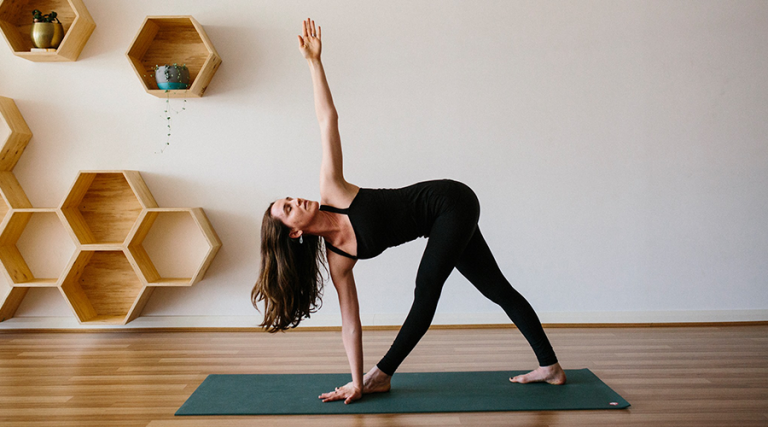
This feeds nicely into my next question. Can you tell us a little more about the growth in your teaching career towards yoga as a movement therapy?
Throughout my yoga journey, the practice has always been therapeutic but I did go through an austere period of intense meditation and retreats. Initially through goenka vipassana tradition and then, in the western traditions, I was led to study ‘Mindfulness based stress reduction’ (MBSR) with Jon Kabat-Zinn. So for a period, there was a strong focus on dedication to a much stronger physical asana and meditation practice. I can see now that it was very healing as it required and developed a certain amount of mental and physical discipline. I really feel like it burnt up these psychological patterns or grooves, in yoga we call them Samskaras, which we carry around with us in daily life.
Interestingly, the practices that I struggle to find the same physical and mental commitment with are those classes which are in between, like a gentle Hatha. I am attracted to a really strong, dynamic class or restful Yoga Nidra restorative class. I find the contrast between the two has a very powerful impact on the mind and the body and the heart.
I have also decided to step away from an authoritarian, teaching approach as it made me feel very uncomfortable. Instead I am passionate about putting the person practicing at the centre instead of my personal experiences as the focus. I have made a shift away from rules-based practices and hierarchical structures.
I am very curious about all the studies that you've done over the years. I love that you “fell into” religious studies. Before changing careers to become a yoga teacher, I was a photographer and was always fascinated with religions but through the lens. Can you tell us more about your studies and writing. I gather that side to your career has influenced your yoga teaching in a symbiotic way?
Yes it’s very symbiotic.
I went terribly in year 12, so I repeated it and managed to get accepted into a degree of Sociology and Anthropology. Sadly, I wasn’t going well until I stumbled across the religion unit.
I decided to change my major to a double major in Religion Philosophy. That was amazing. We studied all kinds of topics including myths, legends and the philosophy of love and friendship. It opened me up to all of the different ways in the world people seek meaning.
I finished my last six months from Sumatra and then I went onto travel to India for six months.
My time spent in India taught me that I was going to need to find a way to make money!
Relying on yoga for my income was never really high on the list for me. So, when I returned home, I decided I was going in one or two directions. I was either going to enrol in a Masters of Divinity or complete a Graduate Diploma of Education. I really liked working with young people but studying teaching, and the structure that came with it, wasn’t for me. So, I returned back to my original degree and moved to the University of Queensland to undertake an honours degree in Buddhism and Feminist Theory.
I received a PhD scholarship and my topic was Yoga Philosophy and Feminist Theory. I worked on my PhD while I was in India, along with the birth of our first baby, and also moved back to Perth. As you can imagine, it took me about seven years to complete.
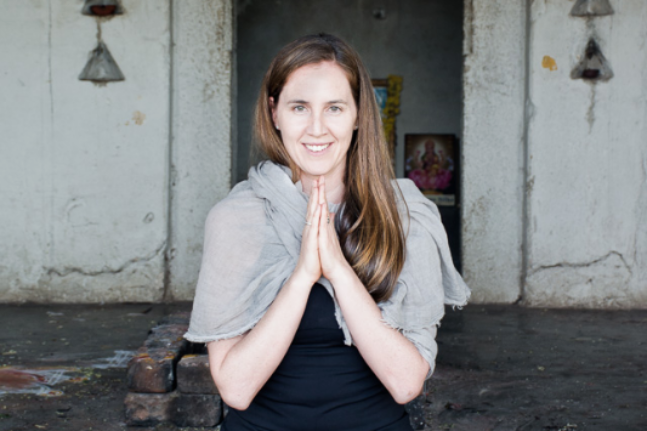
When I had completed my PhD, I wanted to apply it in a practical way. I began an intervention called the ‘Mindfulness-Based Childbirth Education Intervention’.
It was a child birth intervention using yoga and meditation practice. It was an engaged pedagogy, teaching women communication skills and young childhood education. It was a pilot but it went really well.
Along with Michelle Papa, we decided to turn it into a program called Mindful Birth which is now a postgraduate training program for midwifes, yoga teachers, doulas and lots of different types of professionals.
As a result I also studied a Diploma in Childbirth Education. I’m a qualified childbirth educator and now I am studying Graduate Diploma in Psychology. I will see where it goes but I’m undertaking the pathway to become a psychologist. I can already see that with my philosophy, education and psychology background, they can all enhance the work I do.
You have an amazing thirst for words! There must be so much information in your mind Jean! I do say this with genuine fondness. What time frame are we talking here?
I’ve been studying since 19 so approximately 24 years.
What areas of your study have you been most engaged with?
More recently I have been studying developmental psychology and I’ve loved it.
I have two children and, as I’ve been watching them grow, it explains a lot about people and students and the sort of attachment they set up in their family life.
I’ve also enjoyed social psychology because I’ve seen the negative impact of “Groupthink” especially in yoga and wellness communities.
Primarily my PhD was attempting to answer the question:
“What is the relationship between the experiences which we can have in practice? These experiences of oneness or non-duality and how do we allow them to inform our daily life, in particular, when social action and social justice are concerned.”
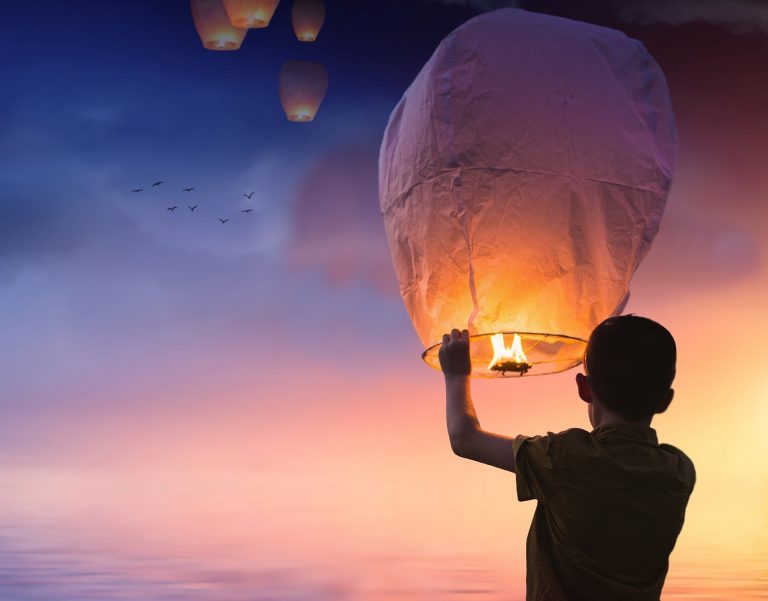
Can you share with us a little bit more about your daily practice?
It’s something I don’t really talk about very much which is quite bizarre! I’m very open to talking about it.
I see my practice on many different levels.
My informal practice happens in relationships, in particular sustaining loving relationships with my partner, children and family over time, these are really the most important part of practice.
How one’s practice can support in making the choice to regularly pay attention, be present with the people that you are with, give people your full attention and learning about what they need as people and celebrating and nurturing that. Slowing down and also realising your circle can be quite small.
That’s okay. This is then nurtured by a formal practice.
Primarily I use an extended Yoga Nidra practice three times a week. This is often something that I do in the evenings for 10 minutes before I go to bed.
In the mornings, I tend to spend a little bit of time getting acquainted with my body, always starting in child’s pose and moving, breathing, cat-cow, along with some scapula articulations and a little bit of opening through the front body. Just checking in with how I feel in order to guide my practice.
Then most of the time, probably 75% of the time, I do a modified version of series 2 Ashtanga based practice. To help support my Vinyasa teaching, I like to practice a “free-for-all” just moving in flow and seeing how that feels. My asana practice takes around 45 to 50 minutes, five six times a week and then the other practices come into play.
I know one of the first things a student may say is “I don't really have the time” or “There isn't time in my day.”
Yes, I think it is a thing that we have to prioritise. I always practice before I eat breakfast. So whether I get up and do it straight away or I drop my children at school and then I come home and practice. It’s always the thing that I do first because I feel that it’s the foundation of everything else that I do in life.

Learn more about Jean:
